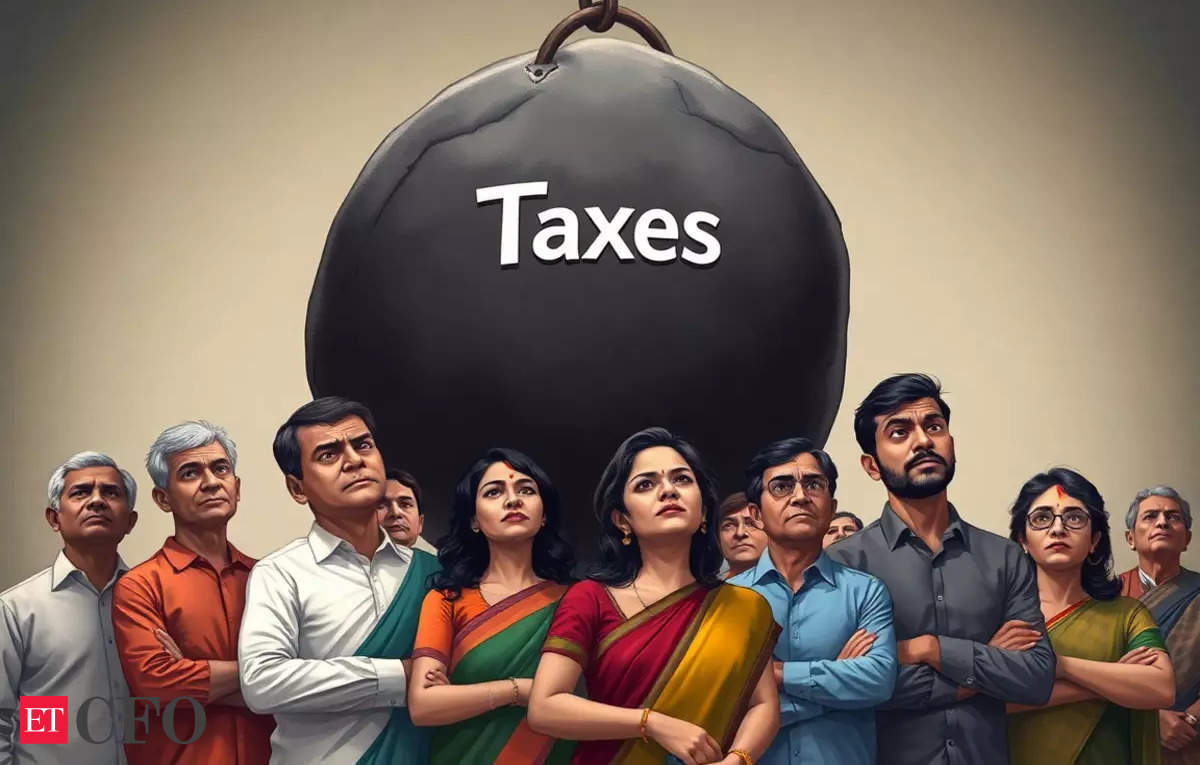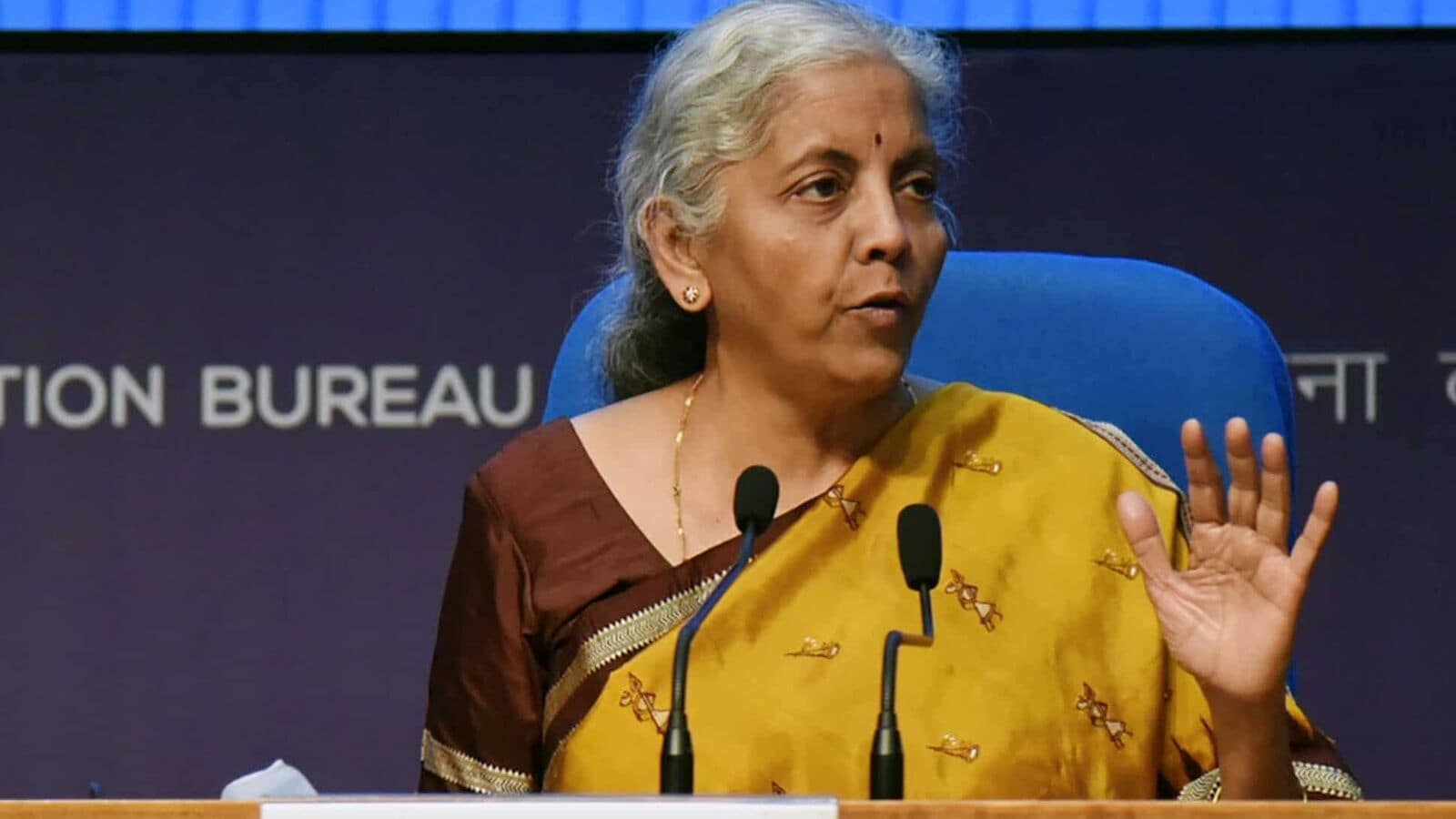In a bid to streamline investigation procedures and ensure the ease of doing business, the Central Board of Indirect Tax and Customs (CBIC) has issued detailed guidelines for CGST (Central Goods and Services Tax) field formations. These guidelines, dated March 30, 2024, aim to strike a balance between enforcement activities and business facilitation, thereby mitigating the risk of undue harassment to taxpayers. Let’s delve into the intricacies of these guidelines:
Below is Detailed Instruction:




1. Responsibilities of Principal Commissioner:
- Under the purview of their allocated jurisdiction, Principal Commissioners are entrusted with the task of overseeing the development, approval, and execution of intelligence, searches, and investigations.
- Additionally, they are responsible for coordinating with divisional formations and ensuring timely action on investigative matters.
2. Approval Protocols for Investigation Initiation:
- Investigations must receive explicit approval from the Principal Commissioner before initiation, except in specific scenarios outlined by the CBIC.
- Situations necessitating prior written approval from the zonal Chief Commissioner include matters involving novel interpretations, large industrial houses, sensitive issues, or those under consideration by the GST Council.
3. Coordination and Information Sharing:
- Principal Commissioners must verify if any ongoing inquiries pertain to the same subject matter or taxpayer across different investigating offices.
- Collaboration with other investigating offices is encouraged to consolidate subject matters under one unit, fostering efficiency and avoiding redundant efforts.
4. Collaboration with DGGI:
- Instances where the jurisdiction of the Directorate General of GST Intelligence (DGGI) intersects with CGST zones necessitate cooperation and coordination.
- The Principal Commissioner may refer relevant matters to the Principal DG, DGGI for further action, ensuring seamless collaboration between the entities.
5. Communication Protocols with Taxpayers:
- Instead of immediately summoning listed companies, PSUs, corporations, or government departments, officials are encouraged to initiate communication through official letters.
- These letters should articulate the rationale behind the investigation, cite relevant legal provisions, and specify a reasonable timeframe for response.
6. Timely Conclusion of Investigations:
- The CBIC emphasizes the need for investigations to be concluded within one year, with no undue delays in issuing Show Cause Notices (SCNs) or closure reports.
- Grievances related to ongoing investigations can be addressed to the designated Grievance Officer, typically the Additional/Joint Commissioner.
Conclusion:
The CBIC’s guidelines represent a significant step towards fostering transparency, accountability, and efficiency in the investigation process. By delineating clear protocols, promoting inter-agency coordination, and prioritizing timely resolutions, these guidelines endeavor to create a conducive environment for businesses while upholding the tenets of tax compliance and enforcement.
Visit www.cagurujiclasses.com for practical courses
Check out on Amazon:
📖Products I Use for Videos and for my office: https://amzn.to/3JEVbcj
📚Income Tax Books: https://amzn.to/3qI3lK9
📚GST Books: https://amzn.to/43XmdmA











